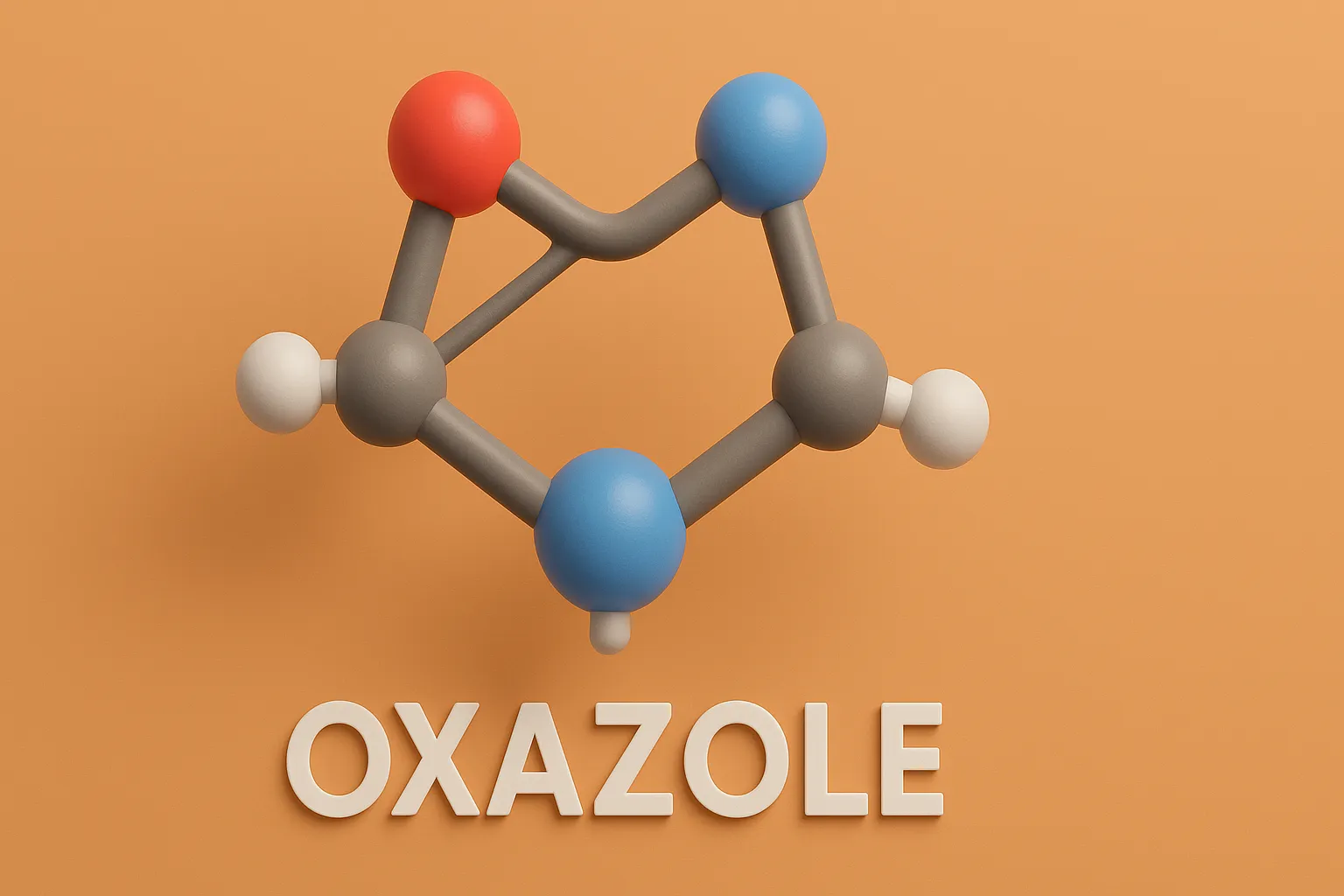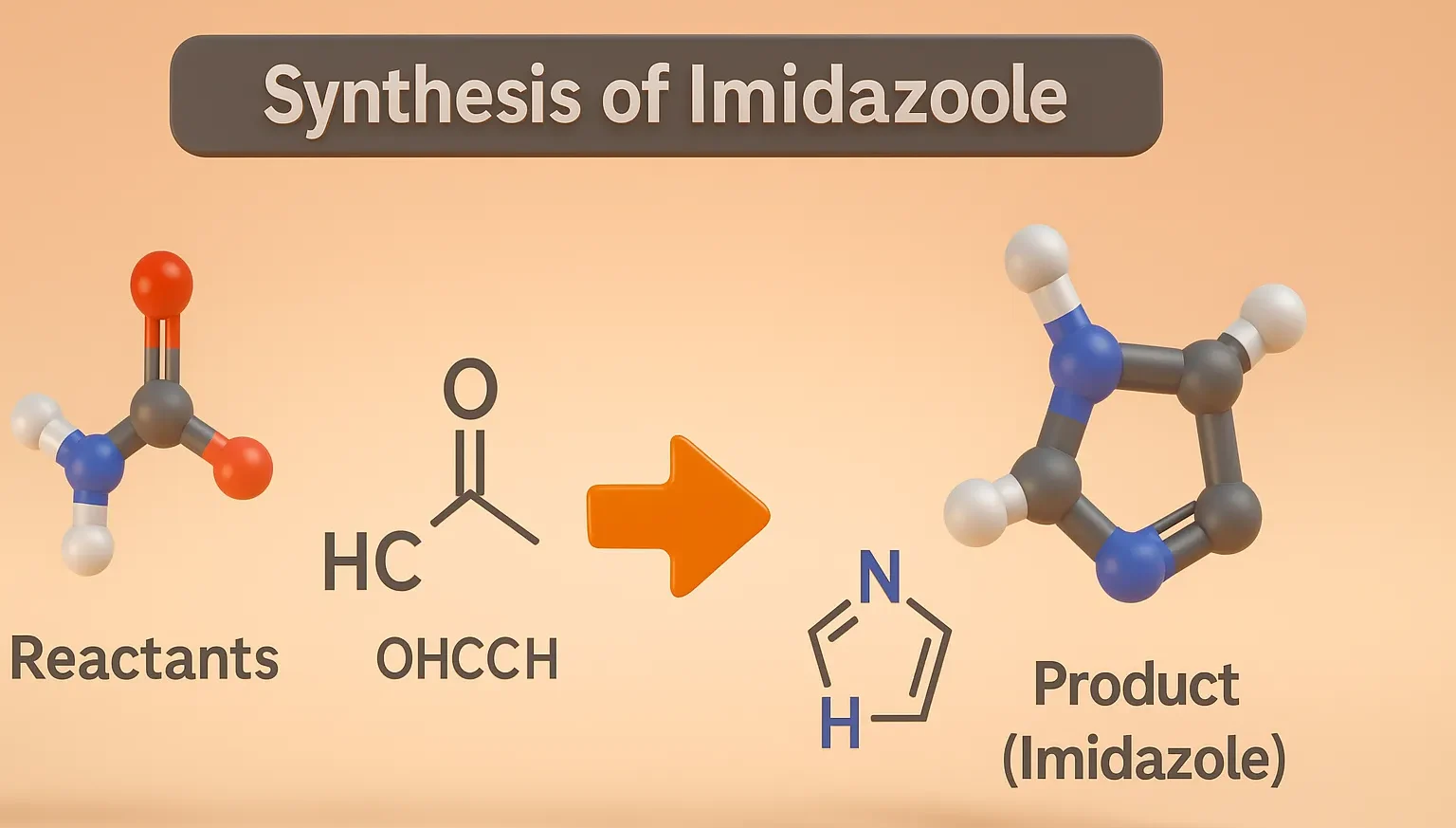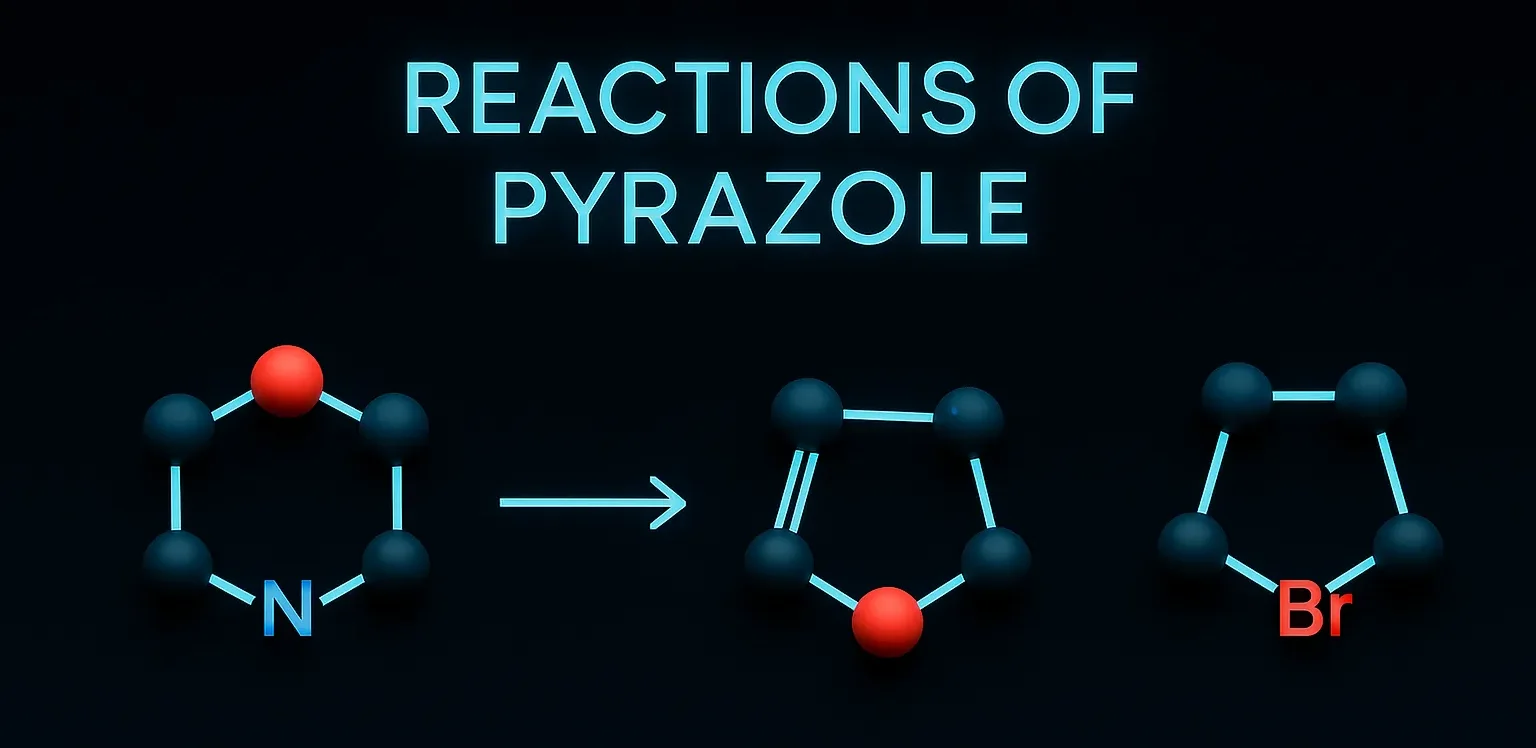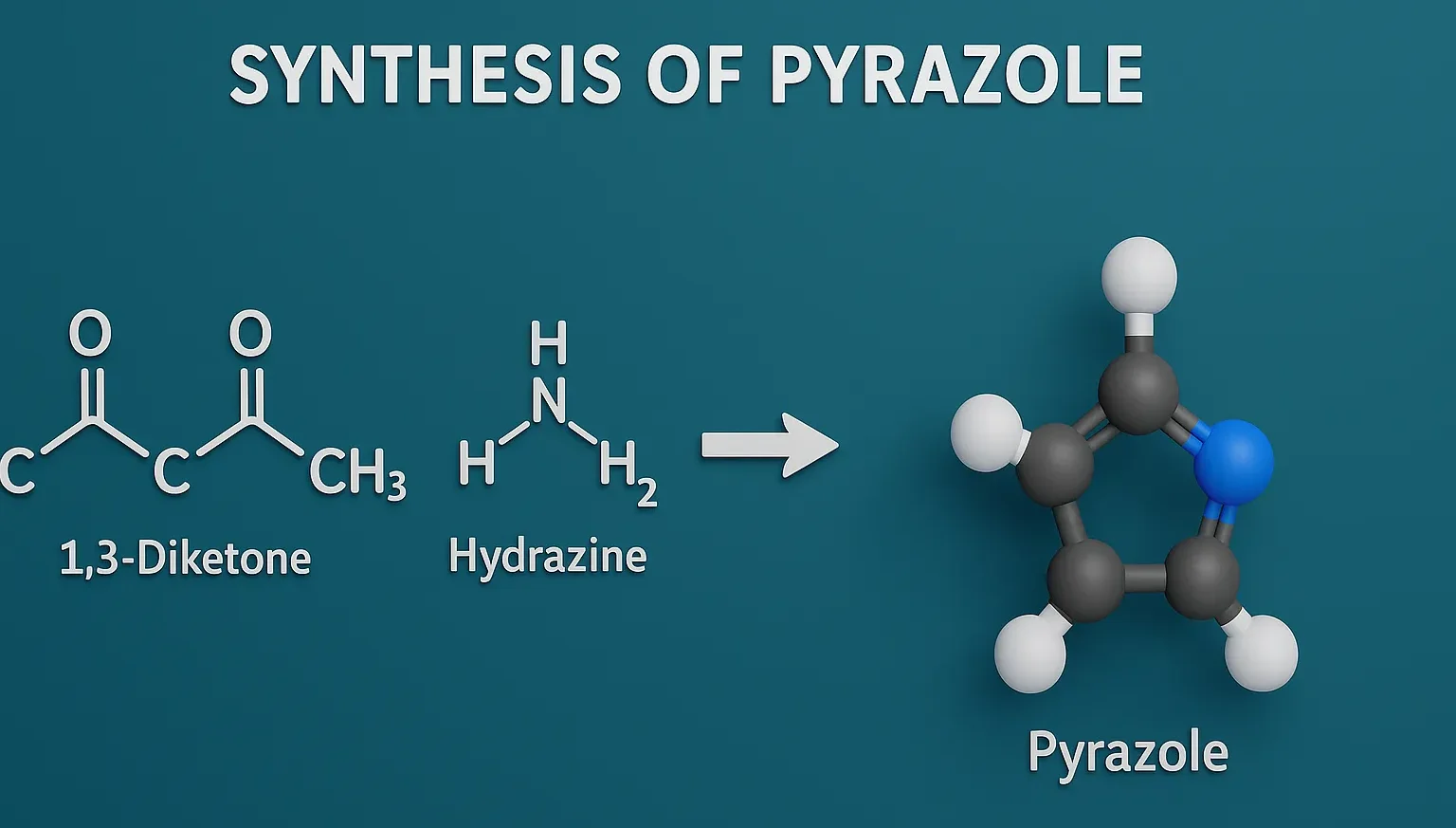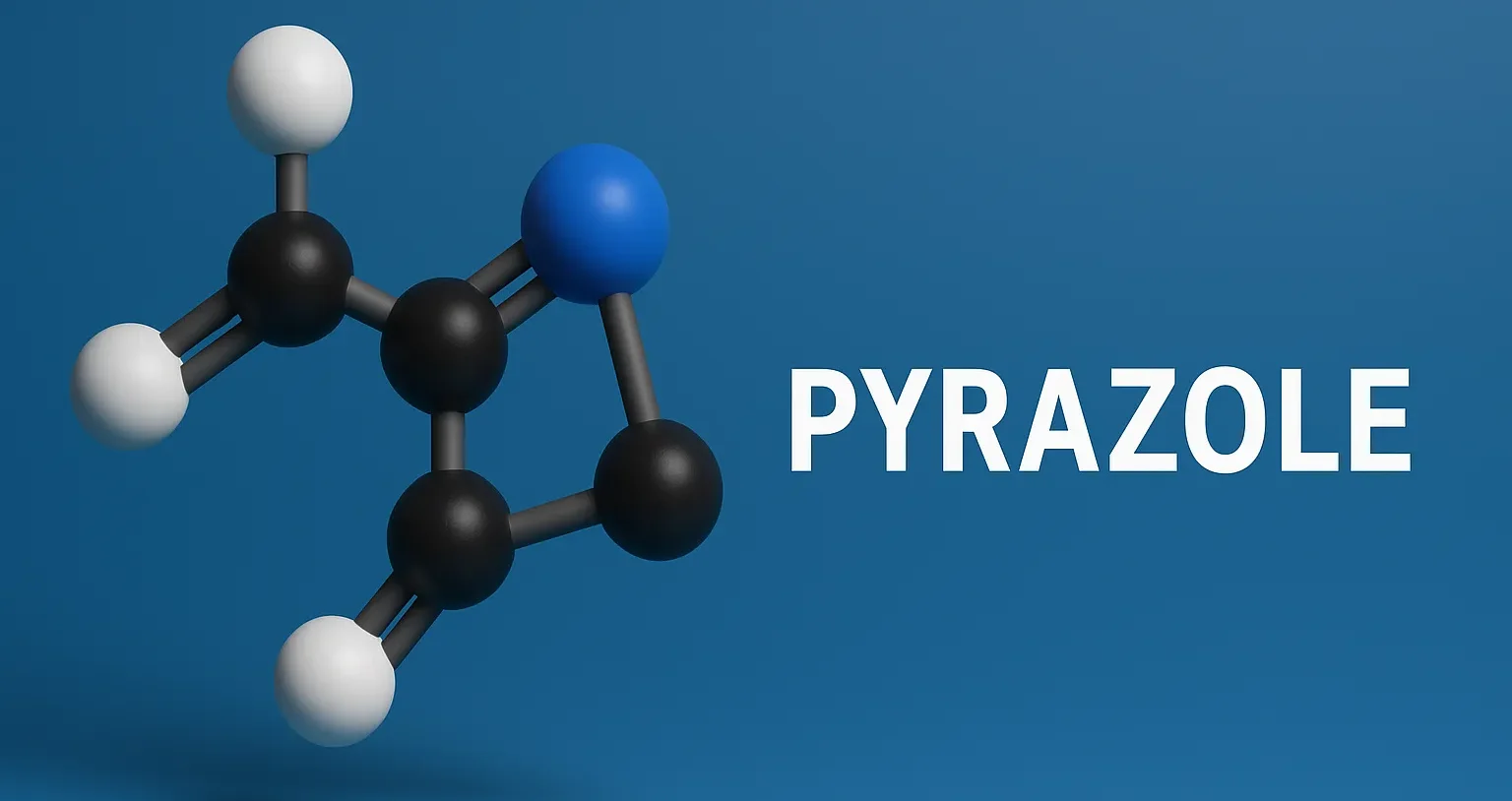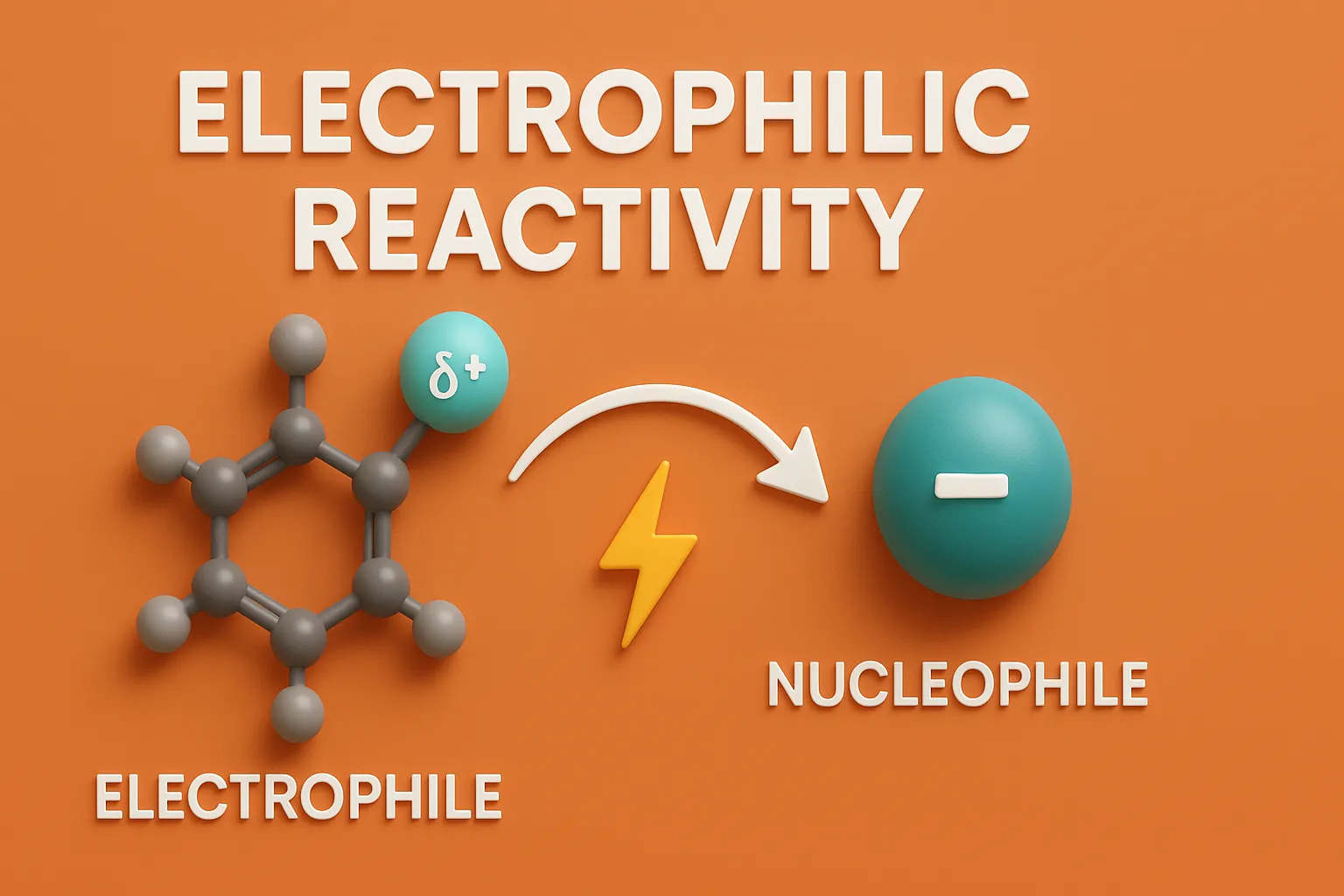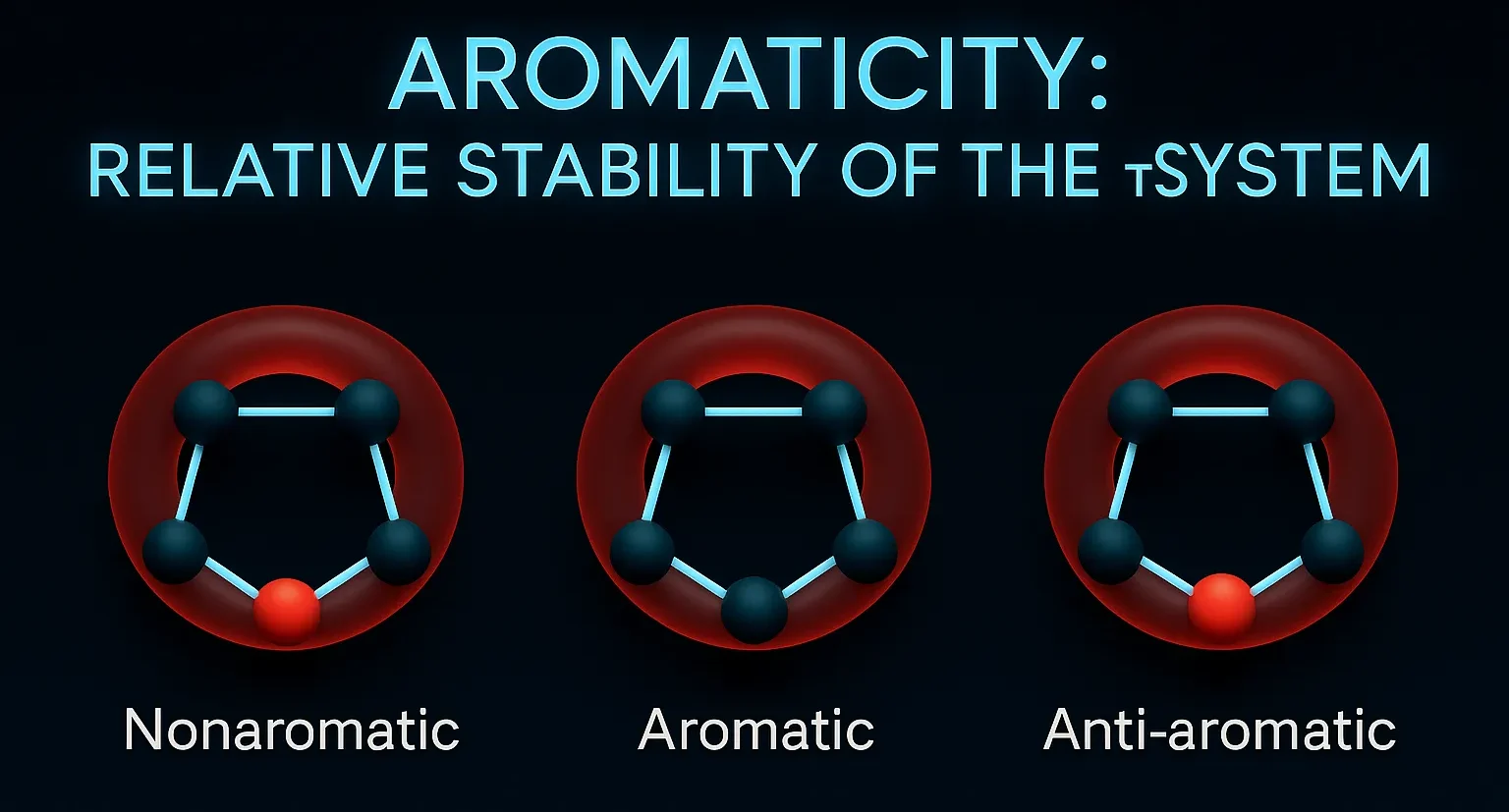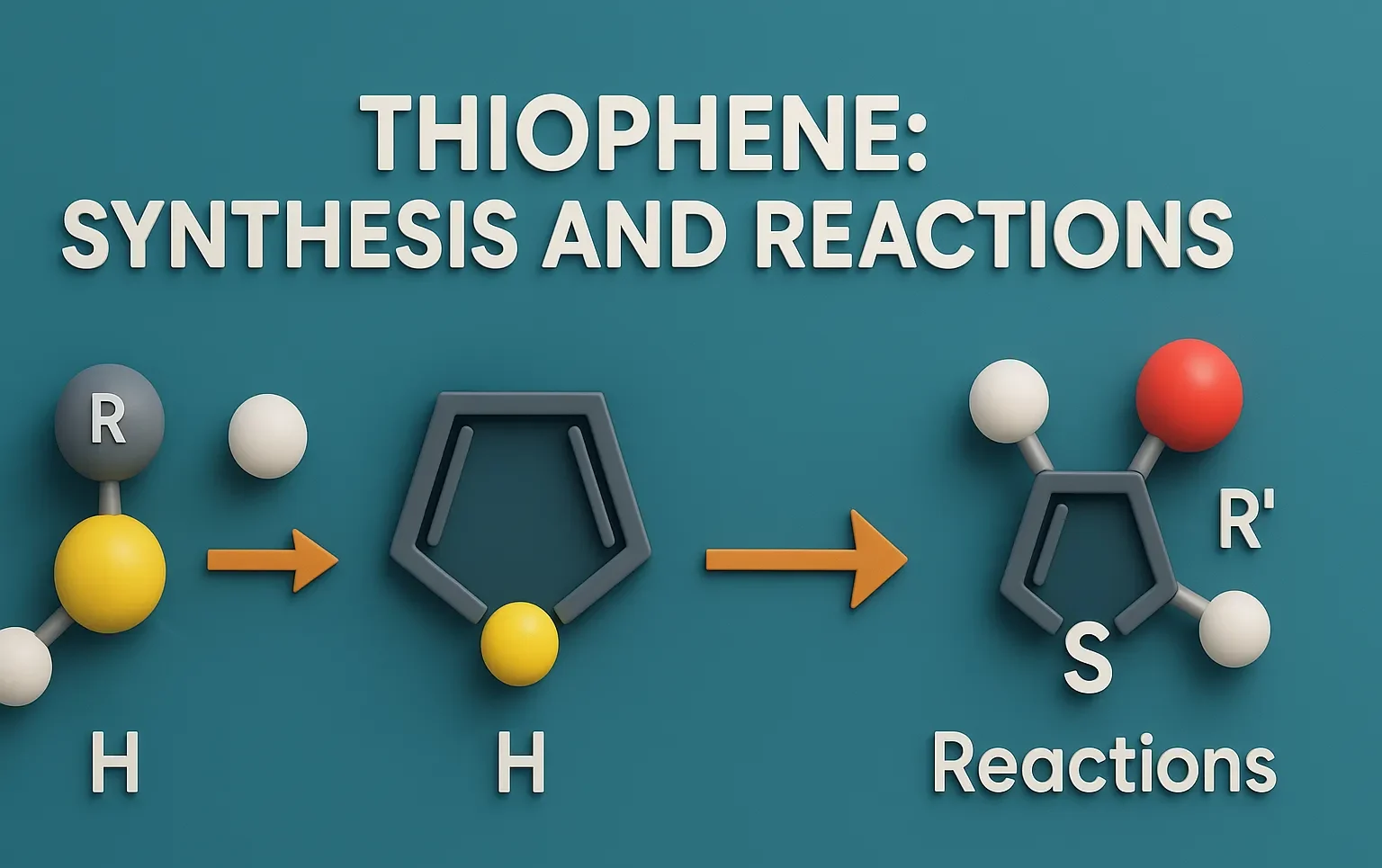Oxazole
Oxazole is a five-membered aromatic heterocyclic compound containing one oxygen and one nitrogen atom, important in pharmaceuticals. Chemical Formula of Oxazole: C₃H₃NO Physical Properties: Property Value Appearance Colorless liquid Boiling Point ~69–70 °C Melting Point ~-2 °C Solubility Soluble in organic solvents Basicity Weakly basic Medicinal Uses of Oxazole: Used as a bioisostere of oxadiazoles … Read more

